bugs on milkweed
Lisa_H OK
9 years ago
Related Stories

GARDENING GUIDESGreat Design Plant: Butterfly Milkweed, a Beacon in the Prairie
Vivacious orange flowers for you, nectar for the butterflies and bees. Asclepias tuberosa is worth planting for more reasons than one
Full Story
GARDENING GUIDESGreat Design Plant: Milkweed
Quit cringing. This not-weed plant is a sight to behold in the garden, has a delicious vanilla scent and is a magnet for butterflies
Full Story
EARTH DAYHow to Help Your Town’s Beneficial Birds and Bugs
Make a habitat using local materials to provide a home to the creatures that help our gardens
Full Story
GARDENING GUIDESGreat Design Plant: Asclepias Incarnata for a Butterfly Garden
Beautiful swamp milkweed makes it easy to help monarchs and other pollinators in eastern U.S. gardens
Full Story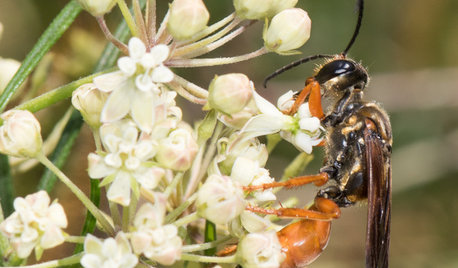
GARDENING GUIDESGreat Design Plant: Asclepias Verticillata
Plant whorled milkweed in dry central and eastern U.S. gardens to attract monarch butterflies and other insect pollinators
Full Story
CALIFORNIA NATIVE PLANTSGreat Design Plant: Asclepias Is Attractive to Monarch Butterflies
Increase monarch butterfly populations in California by planting stunning native milkweeds
Full Story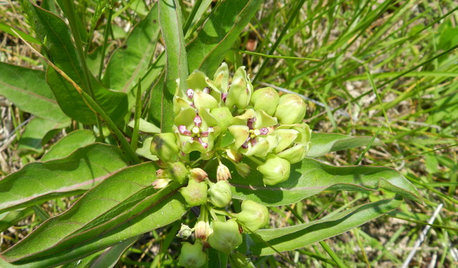
GARDENING GUIDESGreat Design Plant: Asclepias Viridis
Green antelopehorn is a milkweed that is short, drought-tolerant, not aggressive and a monarch favorite
Full Story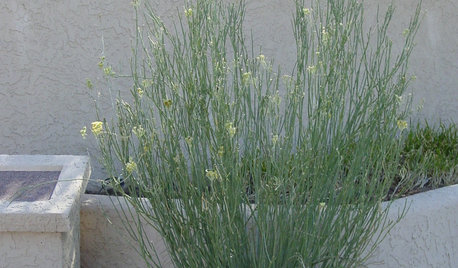
GARDENING GUIDESGreat Design Plant: Asclepias Subulata
With its attractive upright shape and yellow flowers, Southwest native rush milkweed adds beauty while attracting butterflies
Full Story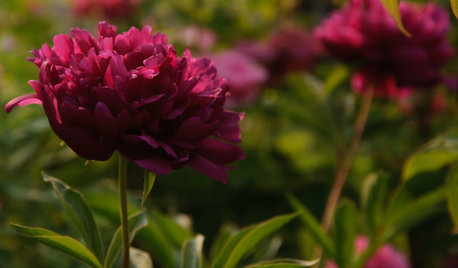
REGIONAL GARDEN GUIDESGreat Lakes Gardener's June Checklist
Hear the berries beckoning? Pluck them while enjoying the wealth of garden blossoms and maybe kicking out a few bugs this month
Full Story0
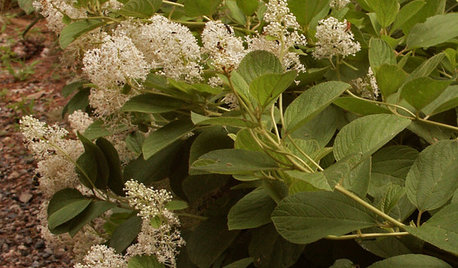
GARDENING GUIDESGreat Design Plant: Ceanothus Americanus
Thriving in lean soil and attracting the good bugs, New Jersey tea is a boon to full-sun areas of the garden
Full StorySponsored
Columbus Area's Luxury Design Build Firm | 17x Best of Houzz Winner!
More Discussions







Okiedawn OK Zone 7
Lisa_H OKOriginal Author
Related Professionals
Danbury Landscape Architects & Landscape Designers · Kenmore Landscape Architects & Landscape Designers · Aloha Landscape Contractors · Bristol Landscape Contractors · Dickinson Landscape Contractors · Emmaus Landscape Contractors · Fort Worth Landscape Contractors · Paramount Landscape Contractors · Rosemount Landscape Contractors · Thonotosassa Landscape Contractors · Franconia Decks, Patios & Outdoor Enclosures · Gaithersburg Decks, Patios & Outdoor Enclosures · Greendale Decks, Patios & Outdoor Enclosures · Wentzville Decks, Patios & Outdoor Enclosures · Westminster Decks, Patios & Outdoor EnclosuresOkiedawn OK Zone 7
helenh
chickencoupe
AmyinOwasso/zone 6b
TexasRanger10
helenh
Lisa_H OKOriginal Author